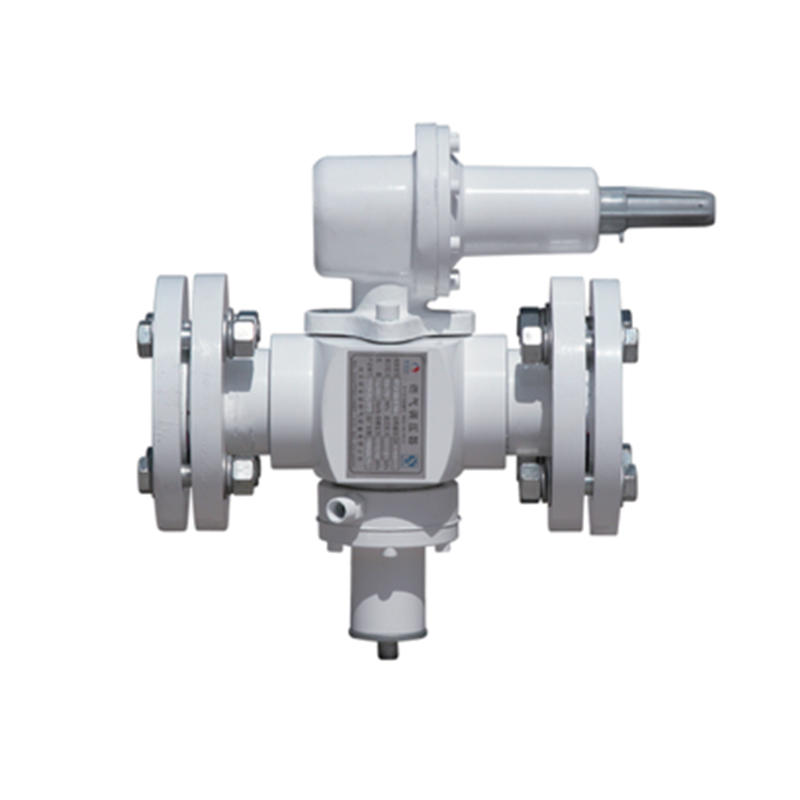
Oct . 14, 2024 05:01
Back to list
مخفض ضغط الغاز
Understanding Gas Pressure Regulators Functions and Importance
Gas pressure regulators are essential components in various applications, ensuring the safe and efficient use of gases in both residential and industrial settings. Their primary role is to control the pressure of gas flowing from a source, such as a gas cylinder or a pipeline, to ensure it reaches a safe and usable level for various applications. This article explores the functions, importance, and types of gas pressure regulators.
What is a Gas Pressure Regulator?
A gas pressure regulator is a device that automatically reduces the pressure of a gas to a desired level after it has been expelled from a high-pressure source. These devices are pivotal in numerous applications, including medical gas systems, heating appliances, gas-fired engines, and industrial processes.
How Does it Work?
The functionality of a gas pressure regulator relies on the principles of fluid dynamics and mechanical engineering. When gas enters the regulator from a high-pressure source, its pressure is typically too high for safe use. The regulator uses a diaphragm and a spring system to reduce this pressure. As gas flows in, it pushes against the diaphragm, which, depending on the preset tension of the spring, will allow the gas to flow at a reduced pressure.
This mechanism creates a feedback loop where changes in downstream pressure affect the diaphragm's position, thus maintaining a consistent output pressure regardless of variations in the input pressure. Such precision is critical in many applications, ensuring that equipment operates safely and effectively.
Types of Gas Pressure Regulators
There are several types of gas pressure regulators, each designed for specific applications
1. Single-Stage Regulators These are simple devices that reduce pressure in one step. They are typically used in applications where the inlet pressure is relatively stable, and a precise outlet pressure isn't critically important.
.
3. Adjustable Regulators These allow users to set the desired outlet pressure according to their needs. They are often found in industrial systems where different pressure levels might be required during operation.
مخفض ضغط الغاز

4. Backpressure Regulators These are used to maintain a specific pressure in a system regardless of changes in flow rate. They are crucial in processes where stable operating conditions are necessary to ensure product quality and safety.
Importance of Gas Pressure Regulators
Gas pressure regulators play a vital role in safety and efficiency. High-pressure gas can be dangerous if not properly controlled, leading to leaks, potential explosions, and inefficient operation of gas-powered equipment. Regulators help mitigate these risks by ensuring that the gas is delivered at a safe, manageable pressure.
In addition to safety, regulators contribute to cost-saving and energy efficiency. By ensuring optimal gas flow and pressure, they help reduce wastage and improve the overall performance of gas-powered devices. This efficiency is particularly important in industrial settings, where even minor variations in pressure can lead to significant impacts on productivity and costs.
Applications of Gas Pressure Regulators
The applications of gas pressure regulators are vast and varied, including
- Residential Use In home heating systems and gas appliances, regulators ensure that gas is supplied at a safe pressure level, providing comfort and safety to households.
- Medical Facilities In hospitals, gas regulators control the flow of medical gases like oxygen and nitrous oxide, ensuring patients receive the precise dosage needed for treatment.
- Industrial Processes Many manufacturing processes rely on gas regulators to maintain specific pressure levels needed for chemical reactions, welding, and manufacturing, ensuring product quality and safety.
Conclusion
In conclusion, gas pressure regulators are critical devices that ensure the safe and efficient use of gases across various applications. By maintaining consistent output pressure, they not only enhance the safety of gas systems but also contribute to energy efficiency and cost savings in both residential and industrial settings. Understanding their functionality and importance can help users appreciate the intricate systems that rely on these essential components.
Latest news
-
Safety Valve Spring-Loaded Design Overpressure ProtectionNewsJul.25,2025
-
Precision Voltage Regulator AC5 Accuracy Grade PerformanceNewsJul.25,2025
-
Natural Gas Pressure Regulating Skid Industrial Pipeline ApplicationsNewsJul.25,2025
-
Natural Gas Filter Stainless Steel Mesh Element DesignNewsJul.25,2025
-
Gas Pressure Regulator Valve Direct-Acting Spring-Loaded DesignNewsJul.25,2025
-
Decompression Equipment Multi-Stage Heat Exchange System DesignNewsJul.25,2025

